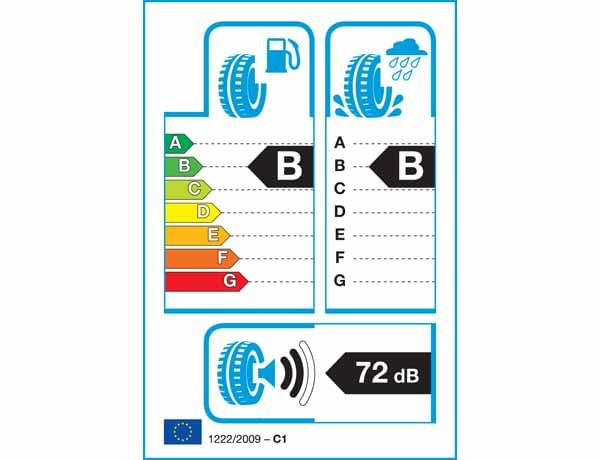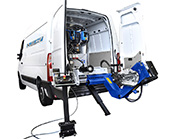
After years of planning, debating and discussing, tire labelling is finally with us. From today every new passenger car and truck tire must be sold with a European label of some kind (like the one opposite) and those doing the selling must tell their customers about it.
Of course with only small numbers of retailers prepared before today's deadline, no clear enforcement mechanism in place and with 70 per cent of consumers unaware it is unlikely to be plain sailing for everyone's favourite sticker. However, such has been the impact of this self adhesive square already, Tires & Accessories is honouring the occasion with a distinctly tire labelling flavoured e-Newsletter today.
In order to provide standardised information on fuel efficiency, wet grip and external rolling noise, the European Union is to introduce a compulsory label for all new tires. By November 2012 all relevant new tires sold in Europe must carry this EU label.
How to read the label?
Rolling resistance (Fuel Efficiency)
Fuel efficiency is important to reduce both CO2 emissions and the cost of driving. The grades are A to G, with D not being used. The difference between each grade means a reduction or increase in fuel consumption of between 2.5%-4.5%. That's a difference of about 0.42-0.56 mpg for a 36 mpg car per grade.
Wet Grip (Braking Performance)
Wet grip is a critical safety feature and relates to the tires ability to stop a vehicle quickly on wet roads and can be expressed in terms of stopping distance. The grades are A to G, with D and G not being used. The difference between each grade means an increase or decresase in stopping distance of between one to two car lengths (between 3 and 6 metres) when braking from 50mph.
Noise (Exterior Noise Emission)
This is the external noise made by the tire and is measured in decibels.
The more black bars shown on the label, the louder the tire.
How much can you save?
By selecting the best tire (A) a consumer can reduce the fuel bill by up to 9% compared to the least performing product (G) on the market.
For futher information take a look at UE's site




